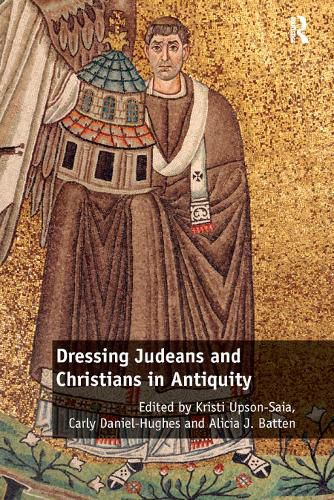Readings Newsletter
Become a Readings Member to make your shopping experience even easier.
Sign in or sign up for free!
You’re not far away from qualifying for FREE standard shipping within Australia
You’ve qualified for FREE standard shipping within Australia
The cart is loading…






The past two decades have witnessed a proliferation of scholarship on dress in the ancient world. These recent studies have established the extent to which Greece and Rome were vestimentary cultures, and they have demonstrated the critical role dress played in communicating individuals’ identities, status, and authority. Despite this emerging interest in ancient dress, little work has been done to understand religious aspects and uses of dress. This volume aims to fill this gap by examining a diverse range of religious sources, including literature, art, performance, coinage, economic markets, and memories. Employing theoretical frames from a range of disciplines, contributors to the volume demonstrate how dress developed as a topos within Judean and Christian rhetoric, symbolism, and performance from the first century BCE to the fifth century CE. Specifically, they demonstrate how religious meanings were entangled with other social logics, revealing the many layers of meaning attached to ancient dress, as well as the extent to which dress was implicated in numerous domains of ancient religious life.
$9.00 standard shipping within Australia
FREE standard shipping within Australia for orders over $100.00
Express & International shipping calculated at checkout
The past two decades have witnessed a proliferation of scholarship on dress in the ancient world. These recent studies have established the extent to which Greece and Rome were vestimentary cultures, and they have demonstrated the critical role dress played in communicating individuals’ identities, status, and authority. Despite this emerging interest in ancient dress, little work has been done to understand religious aspects and uses of dress. This volume aims to fill this gap by examining a diverse range of religious sources, including literature, art, performance, coinage, economic markets, and memories. Employing theoretical frames from a range of disciplines, contributors to the volume demonstrate how dress developed as a topos within Judean and Christian rhetoric, symbolism, and performance from the first century BCE to the fifth century CE. Specifically, they demonstrate how religious meanings were entangled with other social logics, revealing the many layers of meaning attached to ancient dress, as well as the extent to which dress was implicated in numerous domains of ancient religious life.